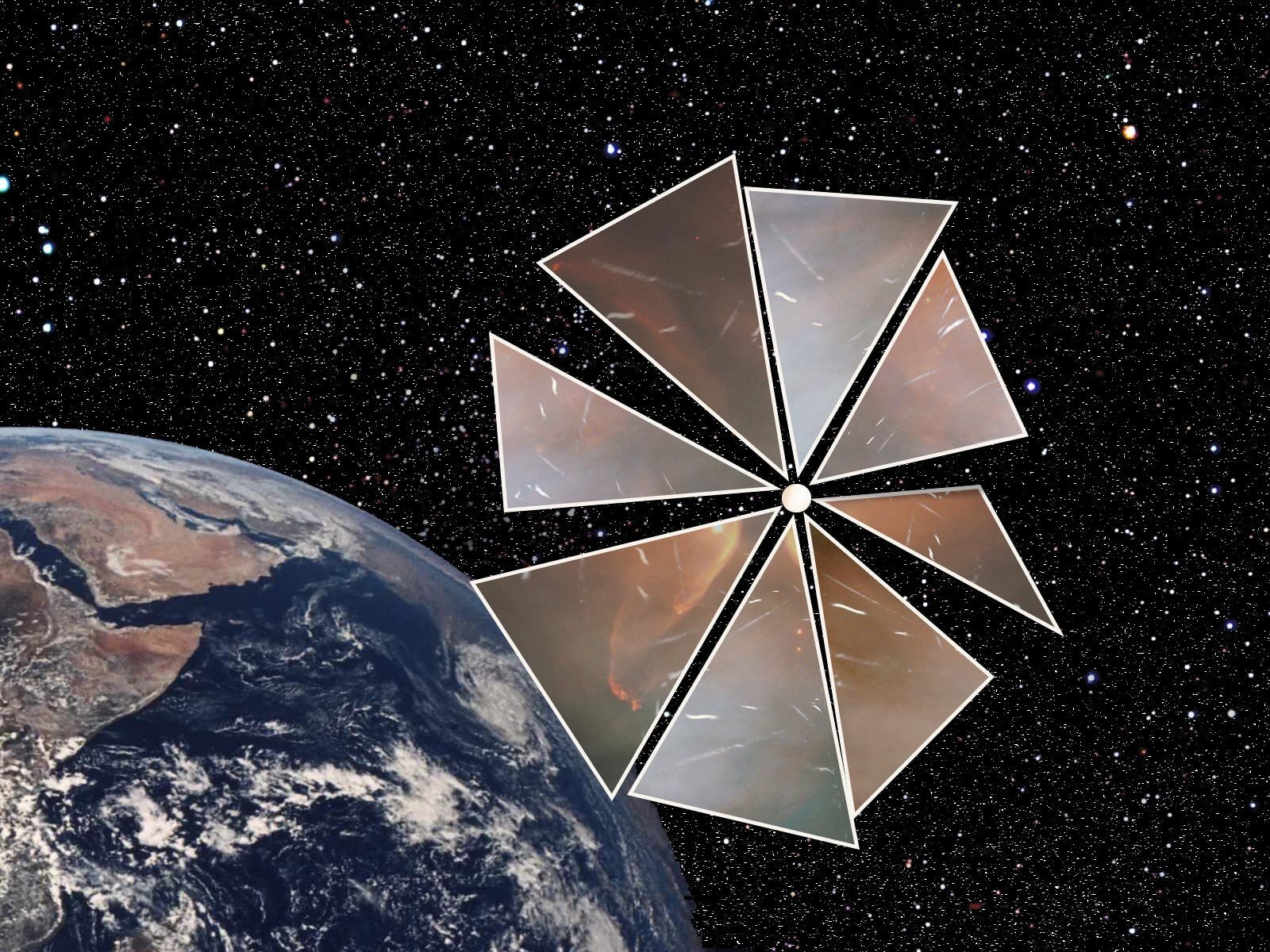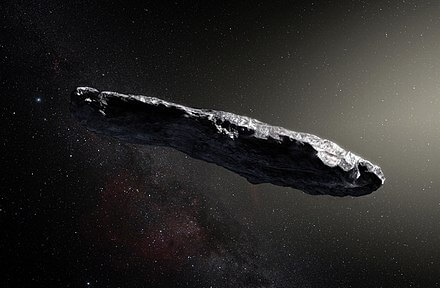It's too late for Umuamoa, but we can be ready for the next strange interstellar visitor if we want to. It is possible to design and build a spacecraft that will encounter such an object at short notice

When Umoamua, the first interstellar object ever observed passing through the solar system, was discovered in 2017, it showed some unexpected properties that raised many questions among astronomers. Its elongated shape, the lack of a tail, the fact that it changed its course - all these have surprised and led to several competing theories about its origin: is it a hydrogen glacier that shows gas emissions, or perhaps an alien solar sail on a journey in deep space? We may never know the answer, because Omuamoa moves too fast and is observed too late to get a good picture.
How would such a rendezvous spaceship work?
It's too late for Omoamua, but we can be ready for the next strange interstellar visitor if we want to. It is possible to design and build a spacecraft that will encounter such an object at short notice. The idea of such an interstellar spacecraft has been floated by various experts, and funding to explore such an idea has been awarded through NASA's Innovative Advanced Ideas (NIAC) program. But how exactly would such a rendezvous spaceship work?
A new paper published on ArXiv on June 27 examines a possible mission design. The proposal, which stems from NIAC research, proposes to combine solar sail technologies with the ability to miniaturize space probes to a small size and light weight.
Missions such as the Japanese space agency's Icarus probe to Venus and the Planetary Society's ongoing LightSail 2 project in Earth orbit have shown that solar sails, which use photons from the sun for acceleration, are entirely viable propulsion systems. Similarly, the successful use of cubesats (cube satellites) in interstellar missions was demonstrated by the Jet Propulsion Laboratory in 2018. They sent two cubesats, named One Mars Cube (MarCO-a and MarCO-b), to accompany the InSight lander on its journey to the Red Planet. The cubesats worked great.
Combined, solar sails and cubesats can be a powerful tool for space exploration.
Launch the cubest in advance and send it to the comet when needed
In order to meet an interstellar object, the article suggests that a cubesat with a solar sail be launched ahead of time, "parked" in orbit around the sun and quietly wait there for the discovery of the next interesting object worth chasing. Such a quick reaction spaceship will make it possible to plan different missions. A five-year mission, for example, could easily acquire and study an interstellar object, and send back data of the kind we were unable to obtain from Umoamua. A similar spacecraft could even carry out a sample return mission, if given a longer time frame of ten years.

One of the main engineering challenges in such a mission is related to the solar sail's ability to handle heat. The spacecraft will have to travel much closer to the Sun than any previous test of solar sails, which typically use Kapton-coated aluminum. The properties of this material might allow the sail to survive up to 0.15 AU from the Sun without melting, but how to protect the spacecraft's controls and other systems without adding too much to its mass needs to be carefully planned. If it is too heavy the sail will not be able to achieve the goal.
The value of such a rendezvous spacecraft is quite clear. Although we've only seen two interstellar objects so far, they're probably passing by all the time. Better telescopes coming into operation this decade will help us find them, but they move quickly and don't stay long. If we want to study an interstellar object up close, we have to be ready for it, and a rapid response rendezvous spacecraft is probably the best chance to succeed.
More of the topic in Hayadan:
